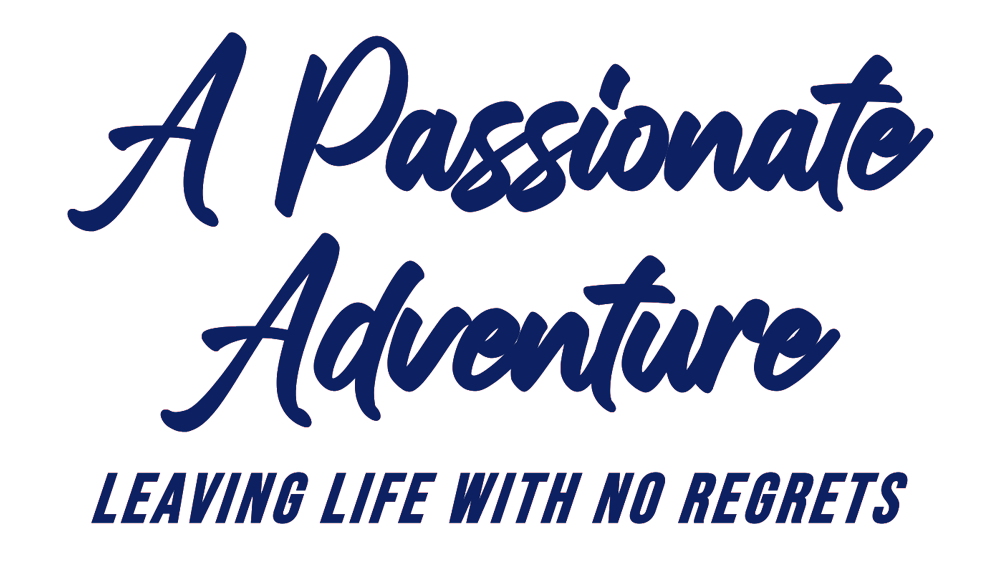From 30,000 miles of ocean racing came the Spinnaker Theory: everyone’s working just as hard to keep their life flying—you just don’t see it.
My Spinnaker Theory of Life
I did a lot of sailing. Offshore, blue water, ocean racing sailing. As a licensed navigator and as an experienced deckhand I was in demand so I got to race on some very famous yachts such as the 70 foot maxi boats Blackfin and Windward Passage and a lot of smaller yachts like Lois Lane and Cottontail and Regardless. I raced to Spain from Bermuda, around Sardinia, Italy, St. Tropez and all through the Mediterranean and the Caribbean. And Mexico races. Countless races to Mazatlan, Cabo San Lucas, Puerto Vallarta, Ensenada, La Paz. And up and down the California coast. San Francisco to Newport around the Channel Islands. Up and down the East and West coasts of Florida. To Hawaii from LA four times in the TransPac. I owned a 42 foot racing sailboat in the 1970’s named LUCKY PUFF that won a lot of trophies including the City of Ensenada trophy. Along with seven other Newport Beach sailors I built a 50 foot revolutionary ultralight design named Native Son that we raced to Hawaii in 1977. All up I probably sailed at least 30,000 miles. My motto was (and still is) anything worth doing is worth overdoing.
Most racing sailboats have a crew of six to ten divided into two watches. Usually only three or four crewmen are actively engaged in steering and trimming the sails and the others are packing sails or coiling lines. Or sitting on the rail. There’s a lot of time to think. Sailing can be a Zen experience that way.
When the wind is coming from behind you hoist a sail called a spinnaker. It’s that large brightly colored sail you always see in photos and one of the trickiest sails to use because it can get out of control in a heartbeat and when it does it’s instant disaster. It usually requires at least three crewmen to trim it properly. The guys on your boat are constantly trimming but when you look at the other boats in the race their spinnakers always seems to be floating perfectly. Foolish thought…you know they’re working just as hard. You just don’t see it.
That’s how I came up with my Spinnaker Theory of Life, sitting on the rail on a sailboat between tricks on the helm or after taking evening star sights and plotting our position. You know how crazy your own life is and how much work it takes to keep the spinnaker of your own existence full and flying. It’s easy to forget that everyone else’s life is just as crazy, just in a different way, and everyone else is working just as hard to keep their ‘chute full.
You just don’t see it. Plato was right.
It’s something to remember the next time you feel overwhelmed…
****
If you’re curious, here’s THE REST OF THE KNOCKDOWN STORY
With winds consistently stronger and frequent storms the ’77 TransPac was the fastest on record. A record that has never been broken. We started out with three spinnakers on Native Son and one by one they blew out until we were down to one and we had it up now. It was pitch black that night, no moon, blacker than the inside of a cow, and the boat was rolling radically from side to side. Each time she rolled you held your breath, waiting for her to come back. She always did. After a while you got used to that.
Funny what you get used to.
Everyone was crowded into the stern (the back of the boat) to help keep the bow from pearling, digging into the oncoming waves. Native Son was designed to surf and she was in her element now, surfing, hitting 25 and 26 knots consistently. Unheard of speeds for a conventional sailboat. And she was behaving like a surfboard. A recalcitrant surfboard with a mind of its own. We were living on the raggedy edge of losing control and getting used to that too. She was very sensitive to weight placement and we moved around on the deck very carefully. No one could sleep.
I went down below to plot our position, charting between rolls, and I knew instantly when the wave hit because Native Son rolled to port and stayed down. Water began to pour into the hatch. I was on deck like a shot. I did not want to be trapped below in a sinking ship. The boat was laid down with the mast parallel to the water. We all worked to control the mayhem and to get the ‘chute down and it was only after the spinnaker was down that the boat righted herself, shook herself like a wet dog and stood up. There was lot of water down below and we started bailing. That’s when I saw my Hewlett- Packard computer floating in the bilge. It could have been worse. We could have gone down. We could have lost our mast. We all knew it.
When I looked around I saw seven sets of eyes looking at me. They were clearly shook up. No one quite knew what to do. At 39, I was the “old man” of the boat. Everyone else was about mid-20’s. I guessed it was up to me. “Come on, guys,” I said, “let’s get the spinnaker back up. We’re still racing.”
That’s all it took. We hoisted the ‘chute back up, our last ‘chute, and finished the race with that still flying.
This was back in the days before satellite navigation. All I had was a sextant and chronometer. The computer made the calculations quicker and without the computer I had to finish the race navigating with the tables, the same way they did it in the old square rigger days. It took longer but I hit Oahu spot on.
Roll call the next morning revealed seven yachts had lost their masts during the night.
I have a picture of Native Son crossing the finish line at Diamond Head. It’s a beautiful day. The sun is shining. It’s tropical warm. The waves are easy. Diamond Head is in the picture. We’re all wearing our Native Son shirts and Quicksilver board shorts. Don’t look too closely though. The spinnaker has a lot of grey tape holding it together. Our eyes are a little bloodshot from not sleeping much the last few days. We haven’t eaten much either. But by God we finished.
We were the first boat under 70 feet to finish.
Fair winds and following seas…
Gotta go…


